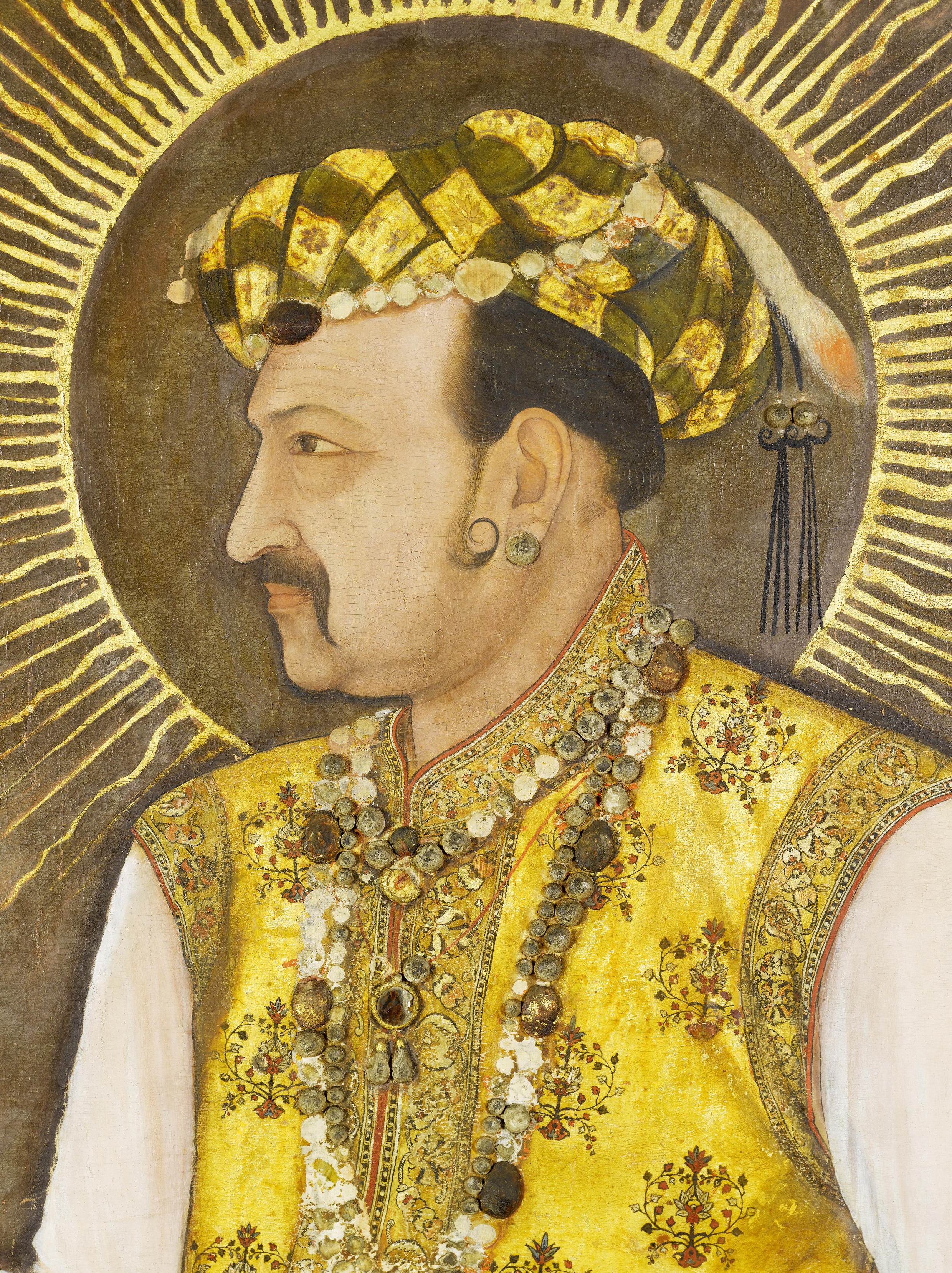V.A. Smith, Akbar the Great Mogul, p.233. Smith writes on the authority of Du Jarric, III, p.133. quoted from Lal, K. S. (1992). The legacy of Muslim rule in India. New Delhi: Aditya Prakashan. Chapter 4
Jahângîr: Citations en anglais
Lal, K. S. (1999). Theory and practice of Muslim state in India. New Delhi: Aditya Prakashan. Chapter 2
Badshah-Nama Badshah Nama cited by Sri Ram Sharma, p. 63. Sharma, Sri Ram, Religious Policy of the Mughal Emperors, Bombay, 1962.
Tuzuk-i-Jahangiri, II, p. 181. quoted from Lal, K. S. (1992). The legacy of Muslim rule in India. New Delhi: Aditya Prakashan. Chapter 8
Mundy, Travels, II, pp. 90, 185, 186. quoted from Lal, K. S. (1992). The legacy of Muslim rule in India. New Delhi: Aditya Prakashan. Chapter 7
Generals under the command of Jahangir
Shah Nawaz Khan, Maasir-ul-Umara, I, 105. quoted from K.S. Lal, Muslim slave system in medieval India, chapter 6
Generals under the command of Jahangir
Tarikh-i-Salim Shahi, trs. Price, pp 225-26. quoted from Lal, K. S. (1992). The legacy of Muslim rule in India. New Delhi: Aditya Prakashan. Chapter 7
Goel, S. R. (2001). The story of Islamic imperialism in India.
Nagarkot Kangra (Himachal Pradesh). Shash Fath-i-Kañgra Elliot and Dowson. History of India as told by its own historians, Vol. VI, p. 528.
The Raja, in the simplicity of his heart, and greedy for the offerings of gold that would come to him, accepted the tale of the brahman and sent a number of people with him, and brought that stone, and kept it in this place with honour, and started again the shop of error and misleading
Kangra (Himachal Pradesh) , Tuzuk-i-Jahangiri, translated into English by Alexander Rogers, first published 1909-1914, New Delhi Reprint, 1978, Vol. II, pp. 223-25.
Reference is to a remark of Francisco Pelsaert, who visited the Mughal court in India in the time of Jahangir. Quoted in The position of Hindus under the Delhi Sultanate, 1206-1526 by Kanhaiya Lall Srivastava, quoted from Elst, Koenraad (2014). Decolonizing the Hindu mind: Ideological development of Hindu revivalism. New Delhi: Rupa. p. 390
Tarikh-i-Salim Shahi, trs. Price, 225-26. quoted from Lal, K. S. (1994). Muslim slave system in medieval India. New Delhi: Aditya Prakashan. Chapter 6
Tarikh-i-Salim Shahi (Calcutta Edition), (According to K.S. Lal, some scholars hold that this work is a fabrication and does not comprise the real Memoirs of Jahangir), quoted from Lal, K. S. (1990). Indian muslims: Who are they.
Memoirs of the Emperor Jahangueir, written by himself; and translated from a Persian manuscript, by Major David Price (Oriental Translation Committee, 1829), Quoted from Spencer, Robert (2018). The history of Jihad: From Muhammad to ISIS.
Ajmer, Pushkar (Rajasthan) , Tuzuk-i-Jahangiri, translated into English by Alexander Rogers, first published 1909-1914, New Delhi Reprint, 1978, Vol. I, pp. 254-55.
Finch, William, quoted from Lal, K. S. (1992). The legacy of Muslim rule in India. New Delhi: Aditya Prakashan. Chapter 7
Tuzuk-i-Jahangiri, I, p. 9. quoted from Lal, K. S. (1992). The legacy of Muslim rule in India. New Delhi: Aditya Prakashan. Chapter 7
Ahmadabad (Gujarat) Intikhab-i-Jahangir Shabi Elliot and Dowson, History of India as told by its own historians, Vol. VI, p. 451.
Lal, K. S. (1999). Theory and practice of Muslim state in India. New Delhi: Aditya Prakashan. Chapter 5
Tarikh-i-Salim Shahi, p. 16. quoted from Lal, K. S. (1999). Theory and practice of Muslim state in India. New Delhi: Aditya Prakashan. Chapter 5
Tuzuk-i-Jahangiri, quoted from Lal, K. S. (1994). Muslim slave system in medieval India. New Delhi: Aditya Prakashan. Chapter 12
Jahangir, Tuzuk, I, 150-51. quoted from Lal, K. S. (1994). Muslim slave system in medieval India. New Delhi: Aditya Prakashan. Chapter 9
Varanasi (Uttar Pradesh) , Tuzuk-i-Jahangiri, translated into English by Major David Price, Calcutta, 1906. pp. 24-25.
http://persian.packhum.org/persian/pf?file=11001040&ct=7, "Decisions Involving Urban Planning and Religious Institutions" Different translation: I made it my plea for throwing down the temple which was the scene of this imposture; and on the spot, with the very same materials, I erected the great mosque, because the very name of Islam was proscribed at Banaras, and with God’s blessing it is my design, if I live, to fill it full with true believers.
